Taking the Matterhorn to Africa
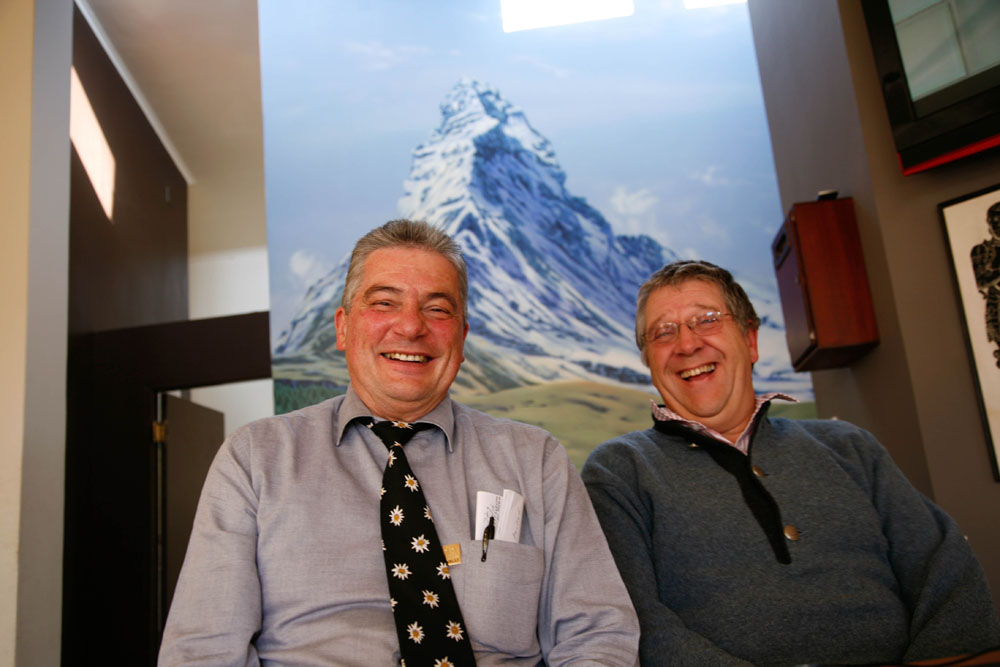
For more than 350 years, Swiss have been emigrating to South Africa, initially as employees of a Dutch trading company, mercenaries, settlers and missionaries.
Today the Swiss community in the region counts just over 9,000 people – a modest number compared with other European countries.
The heydays of Swiss emigration date back to the 1970s, when the Swiss Country Club in Johannesburg alone had about 900 members compared to just 150 or so today.
Still there are nine different Swiss clubs and associations at the southern tip of the African continent nearly 40 years later.
“We are battling to get people to the clubs,” says Mario Valli, chairman of Johannesburg’s Swiss club. Most people want to live their own life and have other ways of distracting and entertaining themselves he explains.
His club is situated in the town of Midrand, halfway between Johannesburg, Pretoria and the O.R. Tambo international airport.
The property, including a restaurant, bar, lounges and a conference room was bought in 1973. The club itself was founded in the late 1890s when the industrialisation of the Gauteng province attracted a new wave of Swiss immigrants, mainly businessmen, but also scientists, explorers and teachers.
Roger Federer
Valli, who takes a pragmatic view of the current situation, has played an important part in organising sports activities at the club for over 30 years.
In the 1970, the football and handball fields as well as the tennis courts were very busy in those days, especially on weekends, recalls Valli. Among the club’s visitors was the father of Swiss tennis star Roger Federer, who brought his young son along while on holidays.
Valli, a real estate agent who emigrated to South Africa in 1967, asked the club secretary to look for written proof of Roger’s presence, but to no avail. The tennis courts don’t exist anymore as much of the land around the club was sold and turned into a residential area.
Other activities at the Swiss Country Club included a traditional wrestling competition, yodelling and a Swiss choir. A witness to the golden days is a skittling alley and numerous trophies.
Despite a decline in club activities Valli is not willing to give up quickly and he hopes to find new members, but also more clients for the restaurant that serves continental European food and a view towards the Kayalami racing circuit outside Johannesburg.
In a similar vein Hans-Georg Bosch, president of the Swiss club in Pretoria, has increased efforts to attract more members over the past decade. For the World Cup, Bosch and Valli joined forces to set up big television screens to follow all the matches.
Swiss roots
Two other Swiss expatriates in South Africa have invested a lot of their time and energy to research the history of Swiss emigration to the region.
Kurt Scheurer, a lively personality in his 70s, initially started to compile facts and figures about the Swiss club in Johannesburg together with Felix Ernst. The project was soon expanded to other Swiss associations.
“It was quite simple to access to the archives but it was time consuming,” he says.
Scheurer also interviewed many contemporaries and soon the word spread that he was interested in people with Swiss roots.
The findings were published in a 80-page booklet: History of the Swiss in southern Africa 1652-1977 and Scheurer has since written several articles on the subject and specific aspects of emigration.
Red lice
He downplays his efforts and refers to his fellow countryman, Adolphe Linder, a retired surveyor, who built on Scheurer’s research, to investigate the history of Swiss immigration at the Cape.
“It was a golden opportunity to get involved in a worthwhile project,” says Linder.
His extensive studies led to the publication in 1997 of a book, The Swiss at the Cape of Good Hope. He too has been keeping up his interest in Swiss emigration to Africa since and a history of the Swiss in the Boer War is to follow later this year.
The dedicated researchers have a fascination with the early chapters of immigration and both of them were surprised to find traces of Swiss immigrants in unexpected places.
“Have a look in the telephone directory of Johannesburg. You will be surprised how many people with names of Swiss origin there are,” says Scheurer.
For his part Linder recalls an encounter with two Swiss nuns in remote part of Namaqualand (north-western South Africa).
“On expressing my surprise the one answered: D Schwyzer sind wi rooti Lüüs, me findet si überall [The Swiss are like red lice; you find them everywhere].”
Urs Geiser in Johannesburg, swissinfo.ch
The history of the Swiss in southern Africa is based on research of Adolphe Linder, Kurt Scheurer and Felix Ernst.
They distinguish roughly five immigration waves over the past 350 years.
After the soldiers and employees of the Dutch East India Company came the first Swiss settlers; followed by missionaries, scientists and artisans.
The 20th century brought traders, businessmen and industrialists to South Africa. Major Swiss firms in the shoe, textile, engineering and mining industry, as well as pharmaceutical, chemical and food sectors began working there after the First World War.
The first Swiss to arrive at the Cape of Good Hope were employees and soldiers in the service of the Dutch East India company (VOC) more than 350 years ago.
Isaac Manget of Geneva was the first Swiss settler at the Cape in 1658, according to official records. He later went back to Switzerland.
Anna Maria Holzhalt became the first Swiss woman to go on record in South Africa. She married Hans Jaco Huben in a Hugenot church in 1684.
Arguably one of the most famous Swiss immigrants in South Africa is Arnold Theiler, a veterinarian who developed a vaccine against a malignant disease among cattle and founded the veterinary institute of Onderstepoort near Pretroria in the early 1920ies.
The first brown Swiss cow was exported to South Africa in 1907.
Bertha Hardegger became known as Mother of the Basotho Nation. She worked successfully as a doctor in Lesotho, but was not permitted to practice in South Africa after moving there in 1937.
Just over 9,000 Swiss live in South Africa according to 2009 figures from the Swiss foreign ministry. Most of them have dual nationality.
It is the biggest Swiss community on the African continent ahead of those in Egypt and Morocco.
About 17% of the Swiss citizens registered in South Africa take part in votes and elections in Switzerland.

In compliance with the JTI standards
More: SWI swissinfo.ch certified by the Journalism Trust Initiative

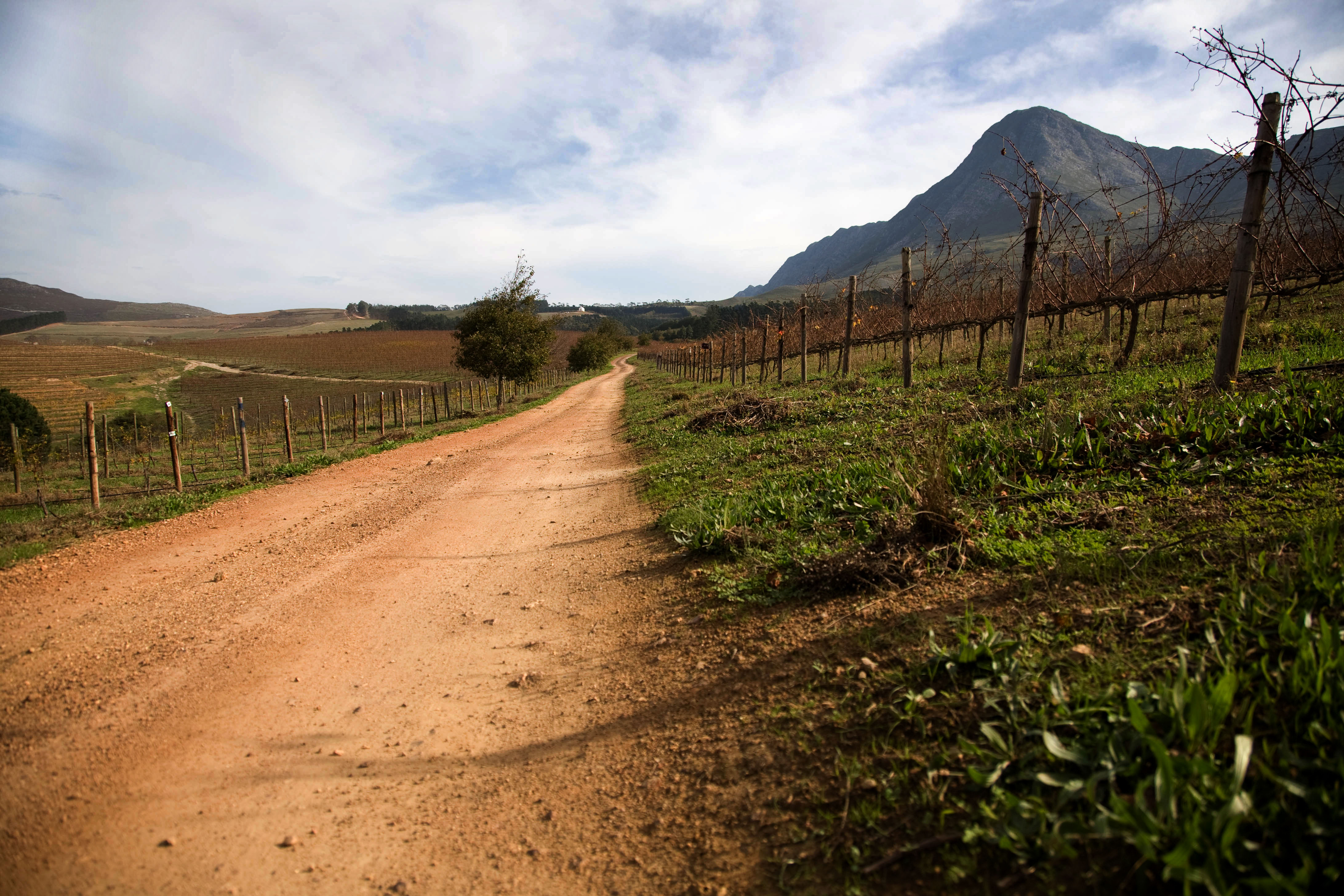
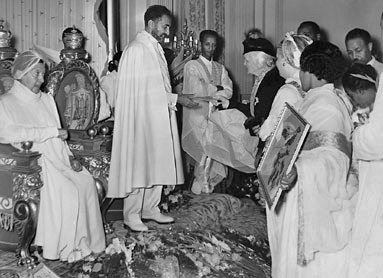

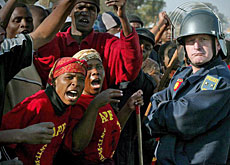
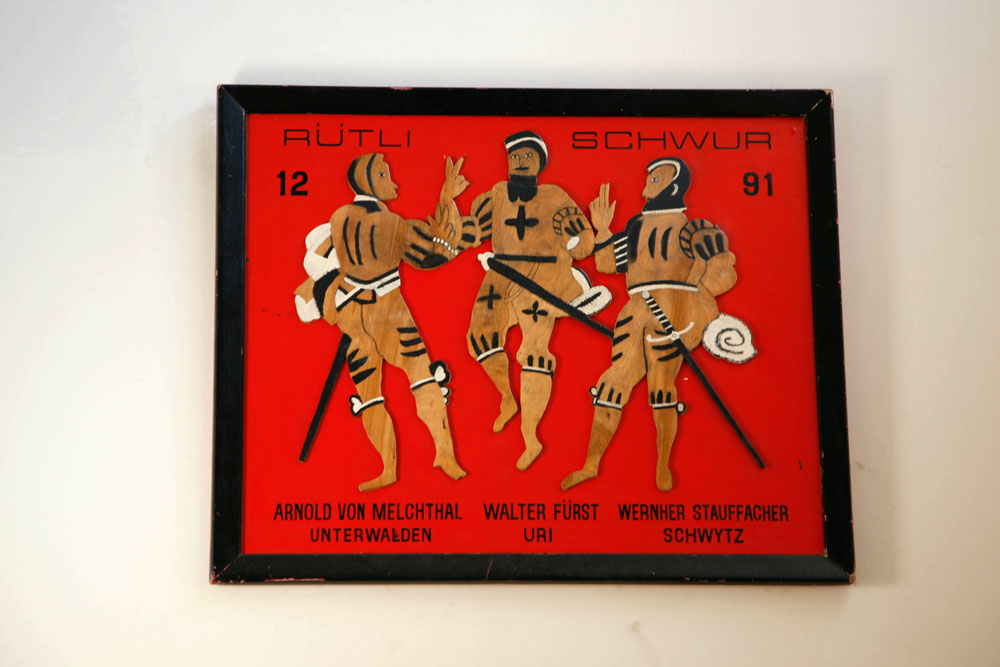
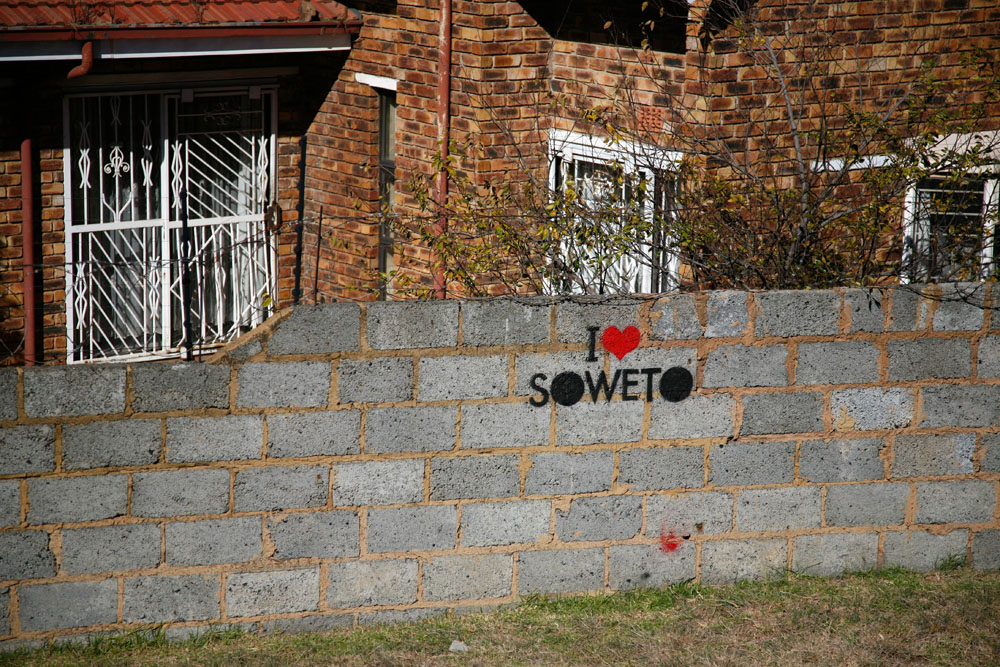
You can find an overview of ongoing debates with our journalists here. Please join us!
If you want to start a conversation about a topic raised in this article or want to report factual errors, email us at english@swissinfo.ch.